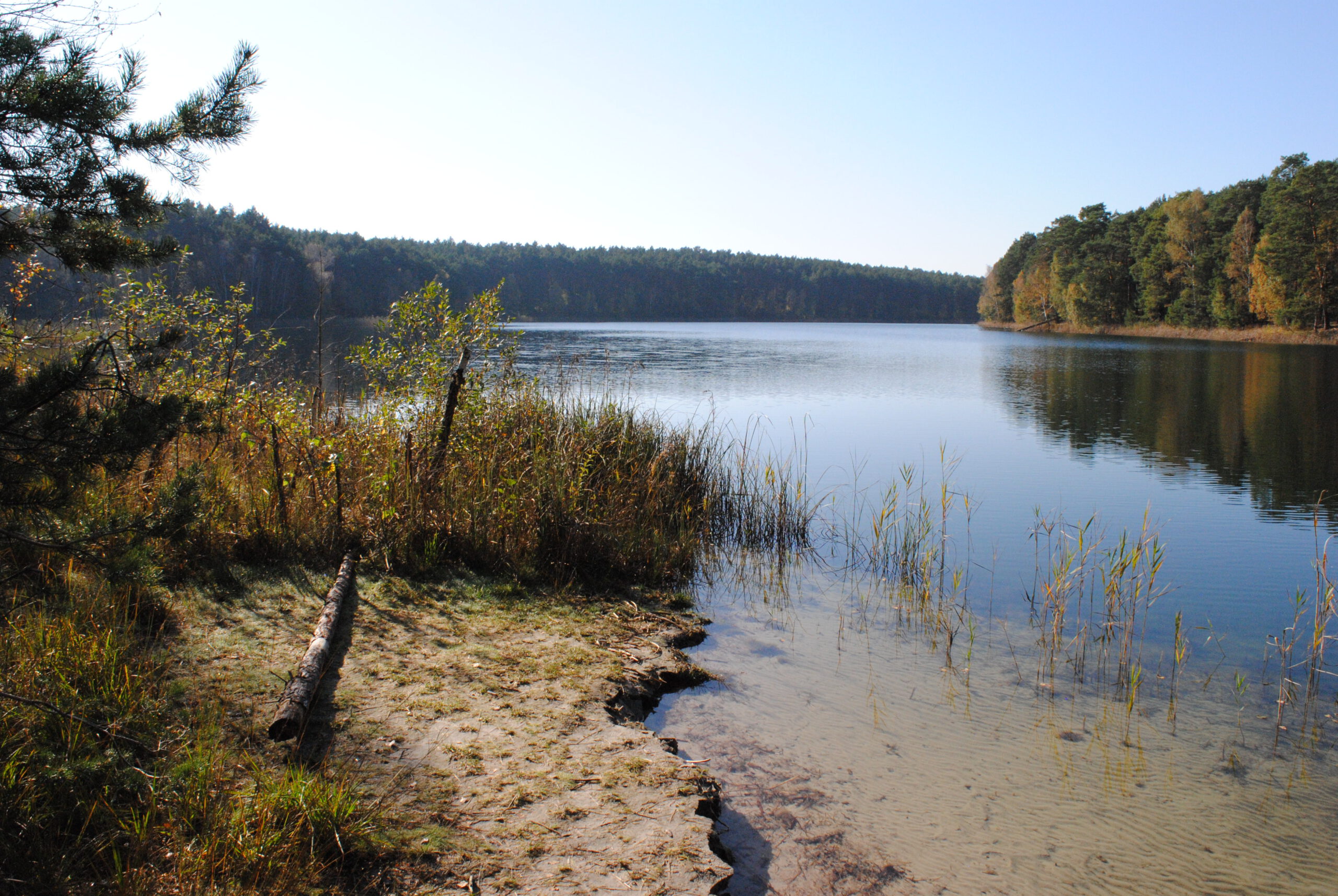
Biotope Type Monitoring
Monitoring biotope types is crucial for the preservation of biodiversity. Protected areas make significant contributions to climate protection. They cover large areas of the ecosystems in Germany, which are particularly important for nature-based Solutions for climate and biodiversity. Ecosystems such as forests and wetlands play a critical role in carbon binding and storage. These habitats are most beneficial when they are in a favourable conservation status, a condition often compromised by increasing bush encroachment. Protecting these ecosystems, which often have high biodiversity, is therefore an essential part of climate protection. At the same time, ecosystems with high biodiversity are more resilient to the impacts of climate change, potentially minimizing the effects of climate events such as droughts, floods, or heatwaves. Measures to protect biodiversity can also support climate protection and vice versa. Thus, monitoring these habitat types is highly relevant for active climate protection.
The monitoring of biotope types has strong synergies with other services of the project. For example, the land use, utilization intensity, and vegetation dynamics service provide important supplementary data on grassland habitats, which significantly supports the monitoring of these biotopes. Additionally, data from the impervious surface monitoring improve analyses by distinguishing sealed areas from natural habitat areas, thus enhancing the accuracy of habitat mapping. Data from the green space monitoring and the recording of woody structures in agricultural landscapes also contribute valuable information by identifying living environment types with agricultural characteristics and transition zones, integrating them into the overall analysis. The synergy of these data sources enables comprehensive analyses to be efficiently implemented, providing robust statements about the condition and dynamics of the areas surveyed. Services such as floodplain monitoring, soil moisture, and the fragmentation of protected areas can greatly benefit from the high accuracy of this service, allowing for more precise analysis of the flooding or moisture dynamics of individual habitats and creating more targeted evaluations regarding the fragmentation of biotopes.